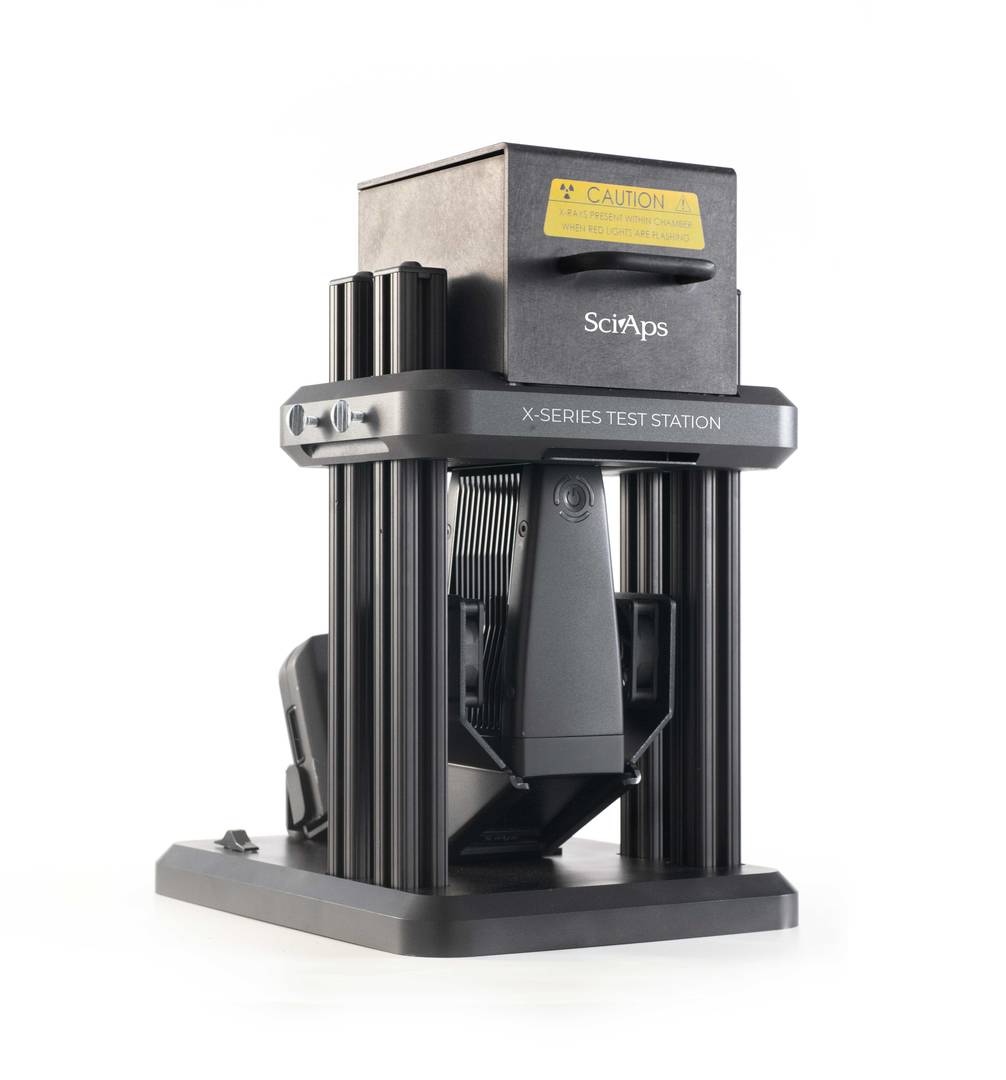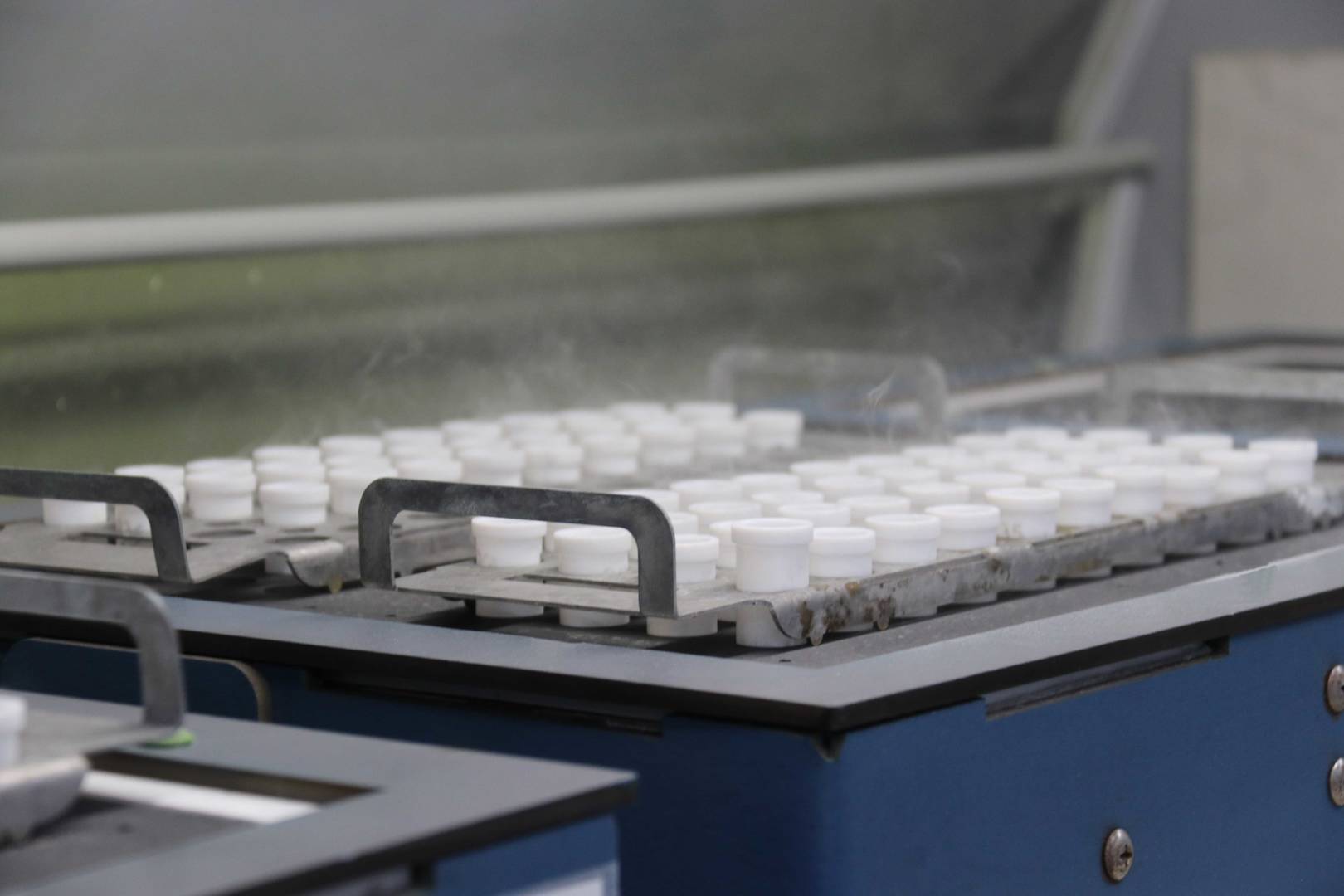ALS offers portable X-ray fluorescence (pXRF) analysis on pulverised sample materials immediately after sample preparation. This can often be performed at the laboratory closest to your project. Presenting a homogeneous sample to an instrument for analysis is crucial for obtaining representative concentration data. Consequently, ALS only offers pXRF on suitably prepared pulp material. Rapid, cost effective analyses of several key elements allows an initial appraisal of submissions while awaiting conventional laboratory analyses.

ALS offers two key methods featuring pXRF. One provides rapid concentration determinations for a range of useful major elements, as well as some common commodity or pathfinder elements. The other method is designed to support multi-element analyses by providing a full account of three elements (Si, Ti and Zr) that are either not reported or are difficult to recover from a four-acid digest.
For both methods, pulverised sample material is loaded into a sample vessel prior to presentation to the instrument. Each individual method, instrument and analyte is validated using a range of geological Certified Reference Materials (CRMs) and against conventional laboratory analyses to significantly improve accuracy beyond that achieved by typical in-field use.
ALS's standard pXRF-30 method offers a tested validated suite of 10 elements that are reported to fit-for-purpose accuracy by pXRF. The semi-quantitative concentrations are appropriate for many exploration purposes, such as rapidly identifying anomalous samples. The combination of key major elements (Fe, Ca, S) and economic target elements (Cu, Pb, Zn, Ni, As, Mn, Cr) makes this method a cost effective means to assess samples prior to the conventional laboratory data (from acid digest or fusion decomposition) being received. pXRF scans are only available as an add-on to multi-element assays.
| Code | Analytes & lower limits (ppm) | |||||||||||
|---|---|---|---|---|---|---|---|---|---|---|---|---|
| pXRF-30 | As | 50 | Ca | 0.5% | Cr | 100 | Cu | 50 | Fe | 0.5% | Mn | 100 |
| Ni | 50 | Pb | 50 | S | 0.1% | Zn | 50 | |||||
The pXRF-34 method has been designed primarily to address some shortfalls of four-acid sample decomposition. Whilst offering widespread functionality and applicability to many exploration and mining applications, four-acid digest are known to not fully recover some elements that are hosted in resistate mineral phases. The concentration data for the elements Ti and Zr can often be used from a four-acid digest, and indeed the precision of the data obtained from a four-acid digest can have real benefits. However, for some applications, greater confidence that the concentration being reported represents the total in the sample is required. The pXRF-34 method offers a cost-effective way of receiving this. Furthermore, pXRF-34 can report Si which cannot be reported from a four-acid digest due to Si volatilisation, however its value in lithogeochemical discrimination means that proxies for Si need to be used. The pXRF-34 method is a cost-effective way of attaining Si concentration data to complement other elements reported from four-acid digests.
| Code | Analytes & ranges | |||||
|---|---|---|---|---|---|---|
| pXRF-34 | Portable XRF scan of an unmineralised pulverised sample. | |||||
| Si | 0.5%-47% | Ti | 0.1%-60% | Zr | 5ppm-5% | |
No, the ALS pXRF methods are add-on methods, and only available when requested with conventional multi-element laboratory analyses. The rapid analysis time does, however, mean that you will receive the pXRF data well before regular data to make time-sensitive decisions. The pXRF methods have been developed to support conventional multi-element laboratory analyses and not as a replacement.
The conventional laboratory geochemical analysis methods offered by ALS typically provide a method precision of ±10%. The ALS pXRF methods provide a method precision of ±20%. Consequently, pXRF methods are considered semi-quantitative, yet still fit for several common exploration and mining applications.

By adding Si by pXRF analysis to a four-acid digestion, results can be used for lithological discrimination diagrams that include Si.
MORE INFORMATION